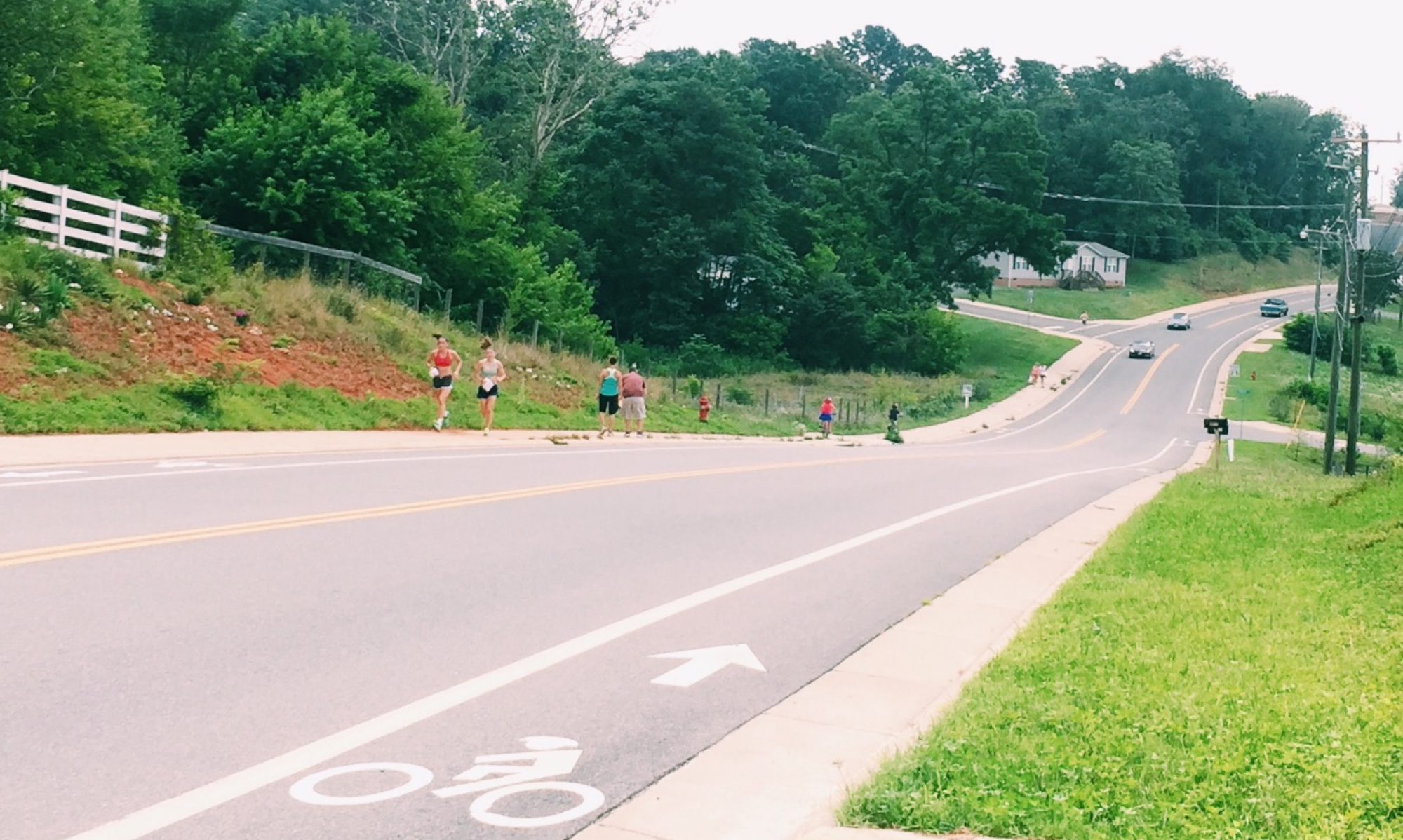Reposting my monthly note here, with a Crozet-specific real estate market update.
I really thought we would see more inventory coming to market this year. Not so much (yet). Maybe all of the snow is slowing things down. I’ve said for many years that I’ll tell you in 18 months what’s happening in the market right now; it’s impossible to determine what’s happening right now while still in midst of the market.
In Brownsville + Crozet Elementary districts:
2024 – In the first 47 days of 2024, 62 homes were listed. 33 of those were new construction; 23 of the 33 were attached homes.
29 of the 62 were resale homes – median sold price: $526,900
37 homes went under contract in the first 47 days. 18 were resales. Median days on market: 5.
2025 –
In the first 47 days of 2025, 36 homes were listed. 21 of those were new construction; 16 of the 36 were attached homes.
15 of the 36 were resale homes – median asking price: $530,000
27 homes went under contract in the first 47 days. 11 were resales. Median days on market: 49.
If you’re interested in the Note, please subscribe here.
Jim’s Note – February 2025
This month: clarity, using maps, insurance, downsizing, sucking, and evolving concessions.

Quick Market Thought
Resale inventory remains low, prices are stable to up a bit, days on market are trending upwards, and my first weekend theory holds — good properties well priced, well presented, are moving quickly, often with multiple offers.
In Charlottesville + Albemarle:
2024 – In the first 46 days, 197 resale homes were listed and 152 resale homes went under contract. Median Days on Market was 5. 87 (57%) of those that went under contract went under contract in 7 days or less.
2025 – In the first 46 days, 184 resale homes were listed and 122 resale homes went under contract. Median Days on Market was 7. 65 (53%) of those that went under contract went under contract in 7 days or less.
Clarity
The real estate process is opaque to so many, in part because most people buy or sell homes only a few times in their lifetimes. My role is to provide and show the path to clarity. I tell all of my clients, “I want you to ask me your questions. I know you’re going to ask your parents, peers, search engine, and maybe ChatGPT, but please ask me so I can give you the best answer relevant to you and our market.
I find it moderately amusing that my opening is about clarity and my second segment is about chaos.
Something about the things we can control, and the wisdom to know the difference…
The market — any market — dislikes uncertainty, and right now, we have an awful lot of uncertainty. One of my roles is to help distill the meaningful from the superfluous, and the data can help. Feelings absolutely matter, and they must, and the data analysis is what can drive what my work with my clients.
Continue reading “Brief Crozet Real Estate Market Update + February Note”









































